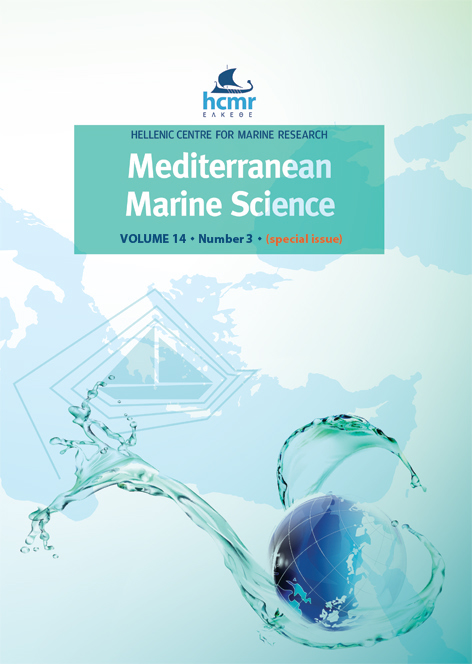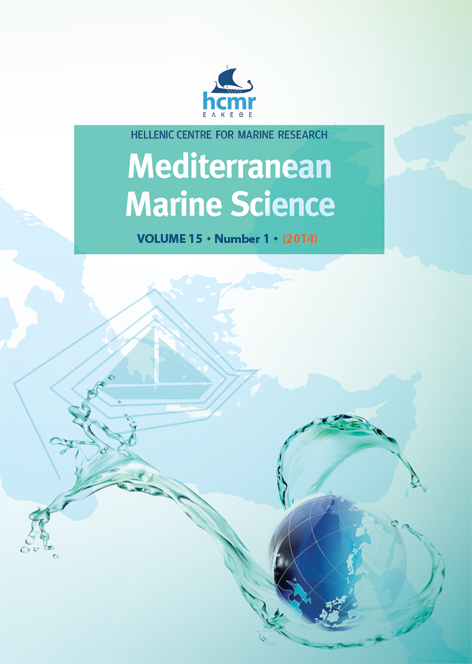Use of morphological differences for the identification of two picarel species Spicara flexuosa and Spicara maena (Pisces: Centracanthidae)
Περίληψη
The recognition and identification of the two species of Spicara genus (Spicara flexuosa, picarel and Spicara maena, blotched picarel) is difficult, due to a systematic confusion until now. In the present work a number of external morphometric features (ten body ratios) are evaluated for their diagnostic possibilities. According to Principal Component Analysis results, the body ratios head length to standard length, head height to head length and the ratios of two body heights, indicated that these characters were not related to the maturity stage of the species. The discriminant analysis based on the above body ratios, indicated rather high level of discrimination (83.2%) of the examined samples in two species. The results are discussed, and possibilities of improvement in the identification methodology for the two species are proposed.
Λεπτομέρειες άρθρου
- Πώς να δημιουργήσετε Αναφορές
-
MINOS, G., IMSIRIDOU, A., & KATSELIS, G. (2013). Use of morphological differences for the identification of two picarel species Spicara flexuosa and Spicara maena (Pisces: Centracanthidae). Mediterranean Marine Science, 14(3), 26–31. https://doi.org/10.12681/mms.423
- Ενότητα
- Research Article
Authors who publish with this journal agree to the following terms:
- Authors retain copyright and grant the journal right of first publication with the work simultaneously licensed under a Creative Commons Attribution Non-Commercial License that allows others to share the work with an acknowledgement of the work's authorship and initial publication in this journal.
- Authors are able to enter into separate, additional contractual arrangements for the non-exclusive distribution of the journal's published version of the work (e.g. post it to an institutional repository or publish it in a book), with an acknowledgement of its initial publication in this journal.
- Authors are permitted and encouraged to post their work online (preferably in institutional repositories or on their website) prior to and during the submission process, as it can lead to productive exchanges, as well as earlier and greater citation of published work (See The Effect of Open Access).









